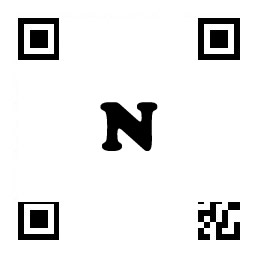规格
|
|
Label Type:
|
Polyethylene Glycol (PEG), Blocking Groups |
|
Reactive Moiety:
|
Bidentate Thiol |
|
Chemical Reactivity:
|
Metal Surface |
储存
|
|
Upon receipt store at 4°C protected from moisture. Products shipped at ambient temperature. |
Thermo Scientific Pierce ML(PEG)4, or methyl-PEG4-lipoamide, is a methyl- and bidentate thiol-terminated compound that contains a 4-unit polyethylene glycol (PEG) spacer and is used to modify quantum dots, silver and gold surfaces and magnetic particles.
Features of ML(PEG)4:
• Metal-binding—terminal bidentate thiol reacts spontaneously with silver, gold and other metal surfaces to form strong dative bonds
• Methyl—terminal methyl group is unreactive, the primary function of this compound being to coat quantum dot and other surfaces to reduce nonspecific binding in assays
• Polyethylene glycol—PEG groups are flexible, non-immunogenic, hydrophilic, and significantly reduce nonspecific binding of surfaces for protein methods
• Spacer arm—four-unit PEG spacer makes compound nearly 24 angstroms long
ML(PEG)4 is a bidentate thiol-terminated and carboxylic acid pegylation reagent. The PEG compound has a defined molecular weight and spacer length and is useful for modifying surfaces such quantum dots, self-assembled monolayers and magnetic particles. Functionalization of solid surfaces with polyethylene glycol spacers such as this one significantly reduces nonspecific protein binding.
The use of ML(PEG)4 with CL(PEG)12 in surface modification can form a hydrophilic 'lawn' of methyl ether-terminated PEGs with periodic exposed carboxy -containing PEGs. The exposed carboxylic acid groups can be coupled to affinity ligands using the carbodiimide coupling reaction with EDC and sulfo-NHS.
Typical PEG reagents contain heterogeneous mixtures of different PEG chain lengths; however, our PEG reagents are homogenous compounds of defined molecular weight and spacer length, providing precision in optimizing modification applications.
Related Products
MT(PEG)4 Methyl-PEG-Thiol Compound



























 微信小程序
7X24小时在线咨询
微信小程序
7X24小时在线咨询